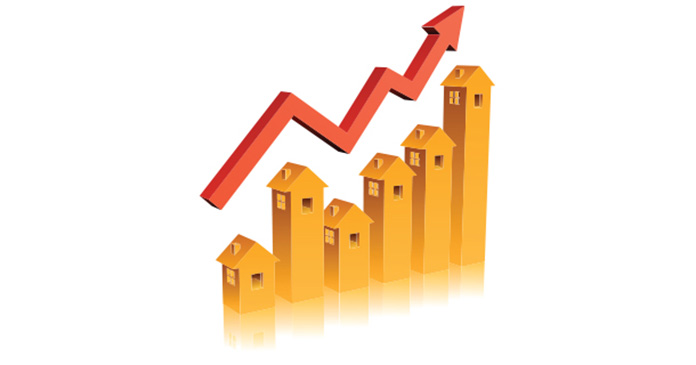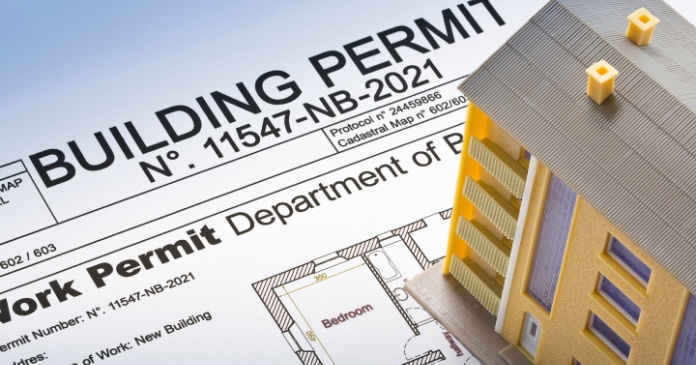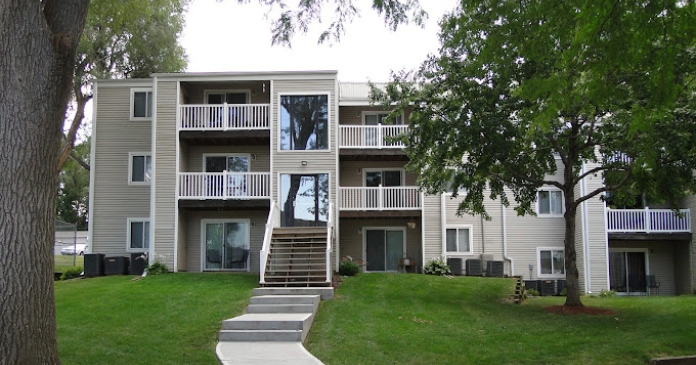When Salt-N-Pepa’s song “Let’s talk about sex” came out in August of 1991, I thought it was important. I am not certain that they are related but, within 24 months, the Japanese book, “Everyone Poops” was translated into English and published in the United States. The combination of bringing up what have been somewhat tabu subjects and pooping brings me to this article on the least discussed utility: sewer. Let’s talk about sewer. Everyone has sewer.
As someone who has been photographed with a toilet to promote conservation, I find sewer to be magical. It has its challenges and, for the most part, we cannot control it much more than it is controlled today. However, we can control it to some extent, and thereby control our sewer expense.
For example, sewer is currently like trash: unmetered. Most utility providers, if they are using reads of consumption to charge you for sewer, it is not because the utility has a sewer meter (grossest meter ever). The utility provider is basing the sewer consumption on the water consumption assuming “what comes in goes out.” For many multifamily sites out there, this is not true.
There is a plethora of buildings out there where the water meter feeds both the buildings (resident units) and also supplies water to the irrigation systems. Irrigation water consumption contributes nothing to sewer usage except falsely inflating the sewer consumption metrics.
If you have a property that falls into the “joint usage” category of water consumption, you may want to consider adding a submeter to the irrigation system. This allows you to isolate the irrigation water consumption to demonstrate how much of the utility meter water usage should be attributed to sewer. If that is not an option for you due to how your property is constructed, at the very least consider installing weather-based irrigation controls. The U.S. Green Building Council believes this will achieve an approximately 10-15% reduction in water consumption. By reducing the water consumption, you reduce the sewer expenses as well.
Back to the potty. Last week we talked about the significant water savings you can achieve with the proper low flow devices for your units. It is an important consideration that reducing in-unit water consumption can also reduce sewer expense. Bonus!
You may look at your water/sewer expense, see it is based on a flat per unit per month charge and think that there is no opportunity to reduce costs by reducing in-unit consumption or isolating irrigation water consumption. However, you might still be in luck. Find out how that sewer flat fee per unit is calculated. In many markets, you will discover that the per-unit fees are calculated based on the water consumption for a prior period. This means you can reduce your sewer charges by reducing water consumption, it will just take a little longer to see the benefits.
The opportunity to control sewer costs is very real and right there in front of our noses; it might be sweeter than you think. We only need to get past the tabu of talking about sewer to reap the benefits.
















